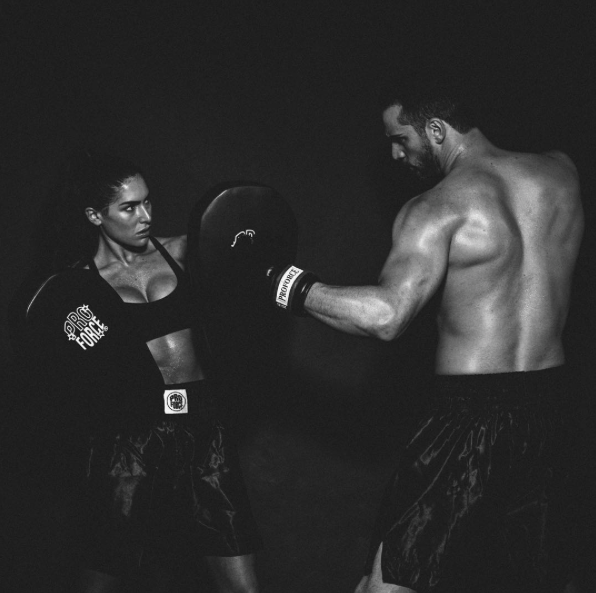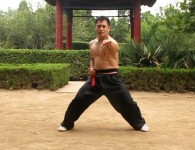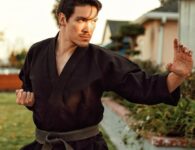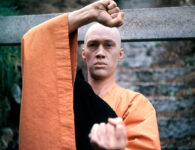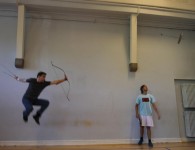
As martial artists and martial arts enthusiasts, we all know the massive physical and mental health benefits that can come from a dedicated and responsible training program. It can help to improve the prime components of physical fitness, like cardio and strength as well as improve secondary components of health like balance and agility. And we’ve already looked into some of the great psychological benefits of martial arts in this blog.
But every kind of physical activity, no matter how careful and properly executed, does come with at least some risk of injury, and martial arts training is no exception. The risk that comes along with full-contact sparring and competition is obvious, but even if you’re not participating in the combat side of combat sports, chances are that you will still have to face some sort of issue related to accident, repetitive strain, or the general wear and tear of growing up and growing old over the course of your martial arts career.
The bad news is that there’s nothing that we can do to 100% guarantee that we’ll never get hurt during or as the result of our training. We might feel like machines when we’re on the mats, but we’re still human at the end of the day, and human bodies aren’t perfect. But there are steps we can take to help prepare our bodies for the unique challenges they’ll face on the mats and in the ring.
Here are some injury prevention tips that have helped this blogger and personal trainer in her martial arts training:
CROSS TRAIN
Martial arts training is a great way to develop and maintain fitness. But doing some work outside of your chosen discipline can help keep you alert and safe in your training. “Be sure you are in good physical condition when you begin martial arts training. Fatigue during training and competition often leads to poor technique and injury.” The American Academy of Orthopaedic Surgeons suggests on their page about injury prevention. “If you are out of shape at the start of your training, gradually increase your activity level and slowly build to a higher fitness level. It is essential to build your strength and endurance before attempting complex martial arts techniques. Running, jumping rope, biking, and swimming are good cardiovascular activities to help improve your fitness level. Anaerobic exercise, such as strength training and plyometrics will also improve performance.”
For more tips on good cross-training exercises for martial arts, check our blog on the topic from last May.
TRAIN FOR MOBILITY
As Orion Lee from Breaking Muscle point out in his article, The 3 Non-Negotiable Elements of Injury Prevention in MMA, the ability to move your joints through their full range of motion with control is an essential part of staying healthy in an activity as demanding as martial arts. “The more mobile an individual is, the more easily and freely they can execute their intended task. Whether it be throwing a roundhouse kick, passing guard, or just picking up a bag of groceries, greater mobility will always equal great performance.”
As martial arts like Muay Thai and Brazilian Jiu-Jitsu place high demands on the mobility of the shoulder and hip joints in particular, Lee goes on to suggest a few myofascial (connective tissue) release techniques to help improve mobility in those areas. Mind/body exercise programs like Yoga and Pilates can also be great for helping to improve the range of motion in your joints through exercises that emphasize body awareness and the right balance of mobility and stability.
DON’T FORGET FLEXIBILITY
Much like a good range of motion in your joints can help you move better and more safely in your training, an absence of undue tightness in the muscles that cross those joints can also improve your performance. So make sure to stay limber in classic martial arts problem areas like the chest and hip flexors.
Ideally, your martial arts flexibility should involve three components: a flexibility training program with stretches that you can do on your own or as part of your cross-training, your warm-up before training, and a cool down afterward. Any good instructor will make sure to address both flexibility and mobility in the warm-up portion of their lessons, so you’re probably good on that end. But, as the AAOS point out, we sometimes neglect those cool downs. “Stretching at the end of exercise is too often neglected because of busy schedules. Stretching can help reduce muscle soreness and keep muscles long and flexible. Be sure to stretch after each training practice to reduce your risk for injury.”
DO YOUR RESEARCH
The above are just a few tips to help get you started but, if you’re really interested in staying even healthier in your own practice, we encourage you to dig deeper. Injury prevention in martial arts is a huge topic that’s been studied by medical professionals for decades now and we recommend taking full advantage of that incredible wealth of knowledge.
Read up on the research that’s been done in this area (here’s an interesting paper on prevention in karate that was published in the British Journal of Sports Medicine in 1977, for example – and here’s one on MMA injury prevention that was published in the Strength and Conditioning Journal in 2014). Talk to your sensei about the topic– they’ll have years of experience and wisdom when it comes to taking care of themselves and their students! Consult doctors, physiotherapists, osteopaths, and personal trainers or any other health professional who might be able to help you on your journey.
And, most importantly of all, listen to your own body! A little discomfort is natural in training, but if your body is telling you that something else is going on, chances are that it might be time to slow down or switch up something about your routine.
How do you take care of yourself in and out of the dojo? Do you have any tips for preventing injuries in your training? Let us know in the comments!
And be sure to check out our online store for all of your training needs!

